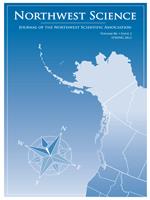BioOne.org will be down briefly for maintenance on 13 August 2025 between 18:00-21:00 Pacific Time US. We apologize for any inconvenience.
Articles (2)
Articles (5)
Notes (1)
Book Review (1)

No abstract available
No abstract available
No abstract available
